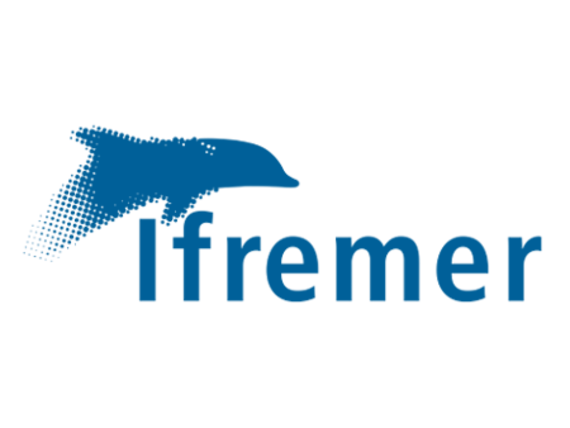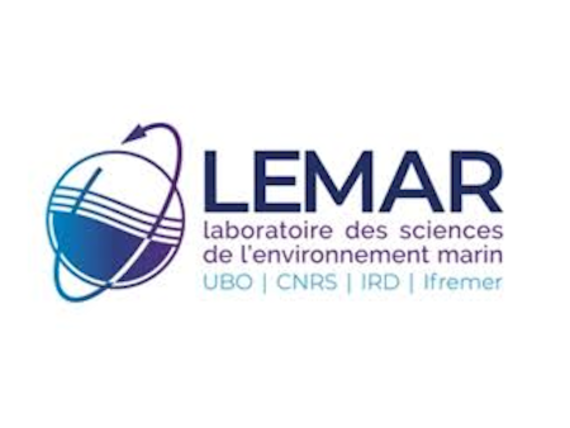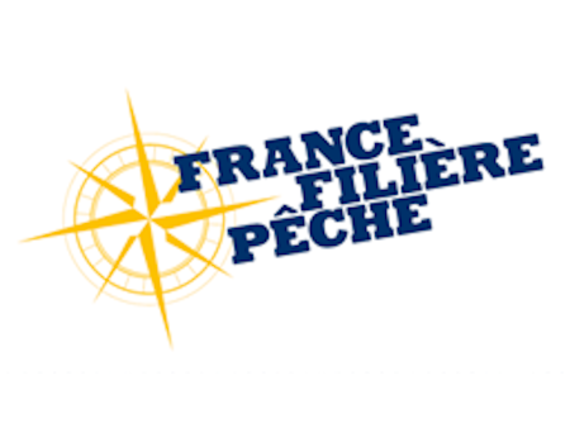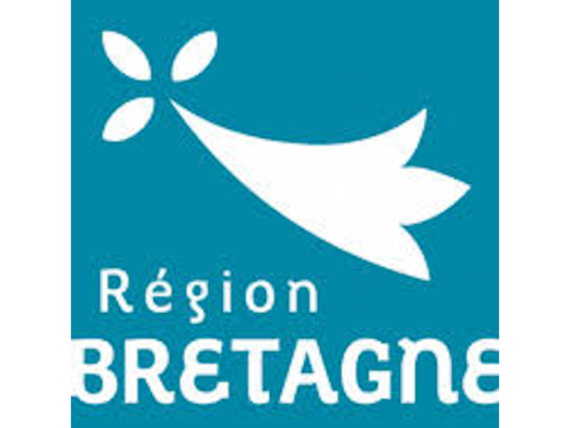Ecology and dynamics of Black Scallop populations in the bay of Brest (ECOSCAL)
PhD thesis of Laure Régnier-Brisson (2019-2023)
This PhD aims to improve knowledge of black scallop’s (Mimachlamys varia) ecology and its population dynamics in the bay of Brest, in the context of sustainable resource management.
How to put in place a sustainable fishery for black scallops along the French Atlantic coast? The first step is to better understand the functioning of this species within its habitat: its ecology? Its suitable environment? Population evolutions?
For several years, the king scallop (Pecten maximus) fisheries have been suffering from blooms of the toxic alga Pseudo-nitzschia, which occur frequently along French coasts causing fishing closures over long periods. Fishing efforts may then be transfer to other economically-important species, such as the black scallop Mimachlamys varia. However, in the early 1970’s along the French Atlantic coast, black scallop landings sharply declined, as in the Bay of Brest where the stock collapsed from 700 to less than 30 tonnes in 50 years the transfer of fishing activites towards this species can therefore only be considered by improving the stock of black scallop for a sustainable fishery.
In this context, this PhD work, associated to the MaSCoET project (Shellfish stock sustainability related to Harmful Algal Blooms), aims to provide knowledge on the black scallop biology (i.e growth, reproduction, diet) in its habitat as well as on the spatial dynamics of the Bay of Brest population by coupling experimental in-situ monitoring approaches with bioenergetic and population dynamics modelling.












